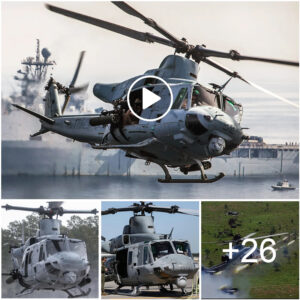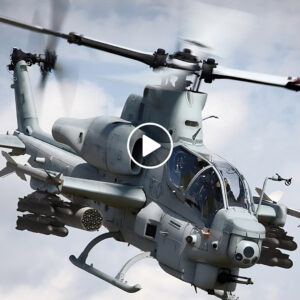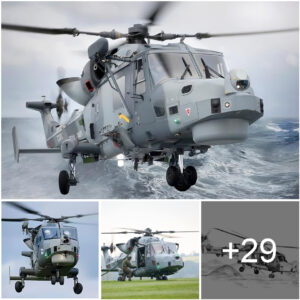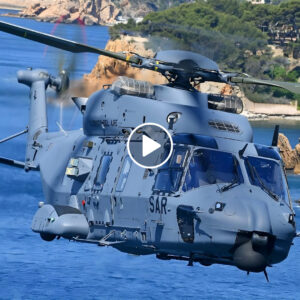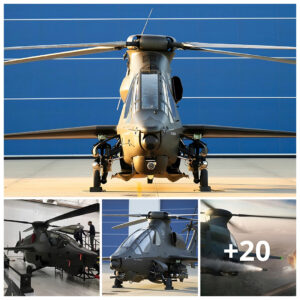WASHINGTON —Boeing will end the F/A-18E-F Super Hornet production line in 2025 and will not accept any more U.S. orders beyond the eight aircraft Congress added to the fiscal 2023 budget.
The company, describing the move as a “pivot,” will refocus its people and facilities on other projects and look ahead at future work, it said in a Feb. 23 statement.
With the St. Louis-based workforce and production facility freed up, Boeing said it will be able to increase production of the T-7A Red Hawk all-digital training system, F-15EX Eagle IIs and 777X wing components for the U.S. Air Force and the MQ-25 Stingray unmanned tanker drone for the U.S. Navy.
Additionally, the company plans to devote more attention to developing future programs.
The company is building three new facilities in St. Louis for advanced crewed and uncrewed platforms. These, plus the MQ-25 production facility at the MidAmerica St. Louis Airport, a new Advanced Composite Fabrication Center in Arizona, and new design and production tools at existing St. Louis plants, represent a $1 billion investment in the company’s future in military aircraft, according to the news release.
Boeing’s announcement caps off a decade of fluctuations for the Super Hornet production line. The Navy initially planned to stop buying the jets in FY14, amid sequestration budget caps, only for Congress to continue adding planes incrementally over the next few years. The Navy eventually began planning for additional purchases, including a multiyear contract covering fiscal years 2019 through 2021, to help manage a projected fighter shortfall in its inventory.
The service intended to end its Super Hornet orders after that multiyear contract wrapped up. But Congress intervened again and added $977 million in FY22 for 12 planes and $600 million in the current year’s budget for eight additional aircraft.
Boeing spokeswoman Deborah VanNierop told Defense News these eight would roll off the production line in 2025 and be the last American Super Hornets ever built. The Navy will have bought a total of 698 Super Hornets over 30 years, according to budget documents.
India is still in the process of selecting a fighter, and the Super Hornet is one option under consideration. If the Indian Navy selects the Super Hornet, Boeing would build those aircraft and shut down the line in 2027 upon their completion, she said.
Asked about the timing of the decision to close the production line, VanNierop cited internal and external factors.
“We must inform our customer and supply base as long-lead aircraft parts and components are ordered and built well ahead of Boeing’s final assembly schedule,” she said. “Announcing this decision now also allows us to work with our teams to successfully staff F/A-18 in the future and meet the production ramp-ups on T-7A and MQ-25.”
She noted the Super Hornet program’s employees are well suited to work on other projects — Super Hornet modernization and life extension work, and the new crewed and uncrewed platforms.
“Recently, we announced a plan to grow year-by-year in employment numbers at our St. Louis site, and we expect this growth to minimize the need for reductions in the workforce” as a result of ending the Super Hornet line, she said.
The Super Hornet Service Life Modification program, which upgrades the jets and adds about 4,000 flight hours to their service life, along with an EA-18G Growler modernization program, will continue into the 2030s on a separate production line in St. Louis.
Boeing has not spoken publicly about specific future projects. However, Boeing Defense, Space and Security CEO Ted Colbert told reporters last summer, months after taking the helm, that “fighters are an important business to the Boeing Company.” Despite the last major U.S. military aircraft programs going to Boeing competitors — the Joint Strike Fighter program to Lockheed Martin and the B-21 bomber to Northrop Grumman — Colbert said “we haven’t given up the fight in that space. We are continuing to invest in it.”
:quality(70)/cloudfront-us-east-1.images.arcpublishing.com/archetype/BHXRD3XJDZDHDHV7LHIGYRPIBY.jpg)

